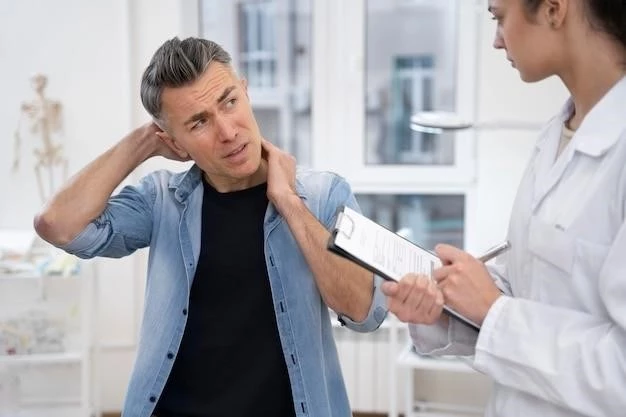Causes of Acrofacial Dysostosis Weyers Type
The primary cause of Acrofacial Dysostosis Weyers Type is attributed to genetic mutations that affect skeletal development.
Genetic Mutation
The genetic mutation associated with Acrofacial Dysostosis Weyers Type involves alterations in the EVC2 and EVC genes, leading to abnormal skeletal development. These mutations disrupt the signaling pathways crucial for bone and cartilage formation, resulting in the characteristic features of the condition.
Symptoms and Signs of Acrofacial Dysostosis Weyers Type
Characteristic symptoms include limb abnormalities, craniofacial anomalies, short stature, and dental issues.
Craniofacial Features
Patients with Acrofacial Dysostosis Weyers Type may exhibit craniofacial features such as microcephaly, wide-set eyes, dental abnormalities, cleft lip/palate, and a flat nasal bridge. These distinctive characteristics aid in the clinical diagnosis of the condition.
Diagnosis and Genetic Testing for Acrofacial Dysostosis Weyers Type
Diagnosis involves clinical evaluation, imaging studies, and genetic testing to confirm the presence of EVC2 and EVC gene mutations.
Clinical Examination
A comprehensive clinical examination for Acrofacial Dysostosis Weyers Type includes assessing limb deformities, craniofacial features, dental issues, growth patterns, and other physical abnormalities that are indicative of the condition. Additionally, evaluation of medical and family history aids in confirming the diagnosis.
Treatment Options for Acrofacial Dysostosis Weyers Type
Management involves a multidisciplinary approach addressing surgical interventions, orthopedic care, and dental treatments.
Surgical Interventions
Surgical interventions for Acrofacial Dysostosis Weyers Type may include procedures to address limb anomalies, craniofacial malformations, dental issues, and other physical deformities. These surgeries aim to improve functionality, aesthetics, and overall quality of life for affected individuals.
Prognosis and Life Expectancy of Acrofacial Dysostosis Weyers Type
The prognosis varies based on the severity of skeletal abnormalities and associated health complications.
Long-term Outlook
The long-term outlook for individuals with Acrofacial Dysostosis Weyers Type is influenced by the extent of skeletal and craniofacial abnormalities, response to treatments, and management of associated complications. Regular monitoring and holistic care can improve quality of life and enhance overall well-being for patients in the long run.
Research Advances in Acrofacial Dysostosis Weyers Type
Ongoing research focuses on understanding the molecular pathways involved in the pathogenesis of Acrofacial Dysostosis Weyers Type;
Current Studies
Current studies on Acrofacial Dysostosis Weyers Type focus on exploring potential therapeutic targets, investigating the impact of gene mutations on skeletal development, and evaluating new treatment modalities to enhance the management of the condition. These studies aim to advance knowledge regarding the underlying mechanisms of the disorder and improve clinical outcomes for affected individuals.
Support and Resources for Individuals with Acrofacial Dysostosis Weyers Type
Patient organizations offer valuable support, information, and assistance to individuals and families affected by Acrofacial Dysostosis Weyers Type.
Patient Organizations
Patient organizations dedicated to Acrofacial Dysostosis Weyers Type provide a supportive community, educational resources, advocacy efforts, and connections to healthcare professionals. These organizations play a pivotal role in raising awareness, offering emotional support, and facilitating access to specialized care for individuals and families affected by the condition.

Comparison of Acrofacial Dysostosis Weyers Type with Other Craniofacial Disorders
Compared to other craniofacial disorders, Acrofacial Dysostosis Weyers Type exhibits distinct skeletal and facial characteristics.
Differentiating Factors
Acrofacial Dysostosis Weyers Type can be differentiated from other craniofacial disorders by its specific gene mutations affecting EVC2 and EVC genes, leading to characteristic limb anomalies, craniofacial features, and dental abnormalities unique to this condition.
